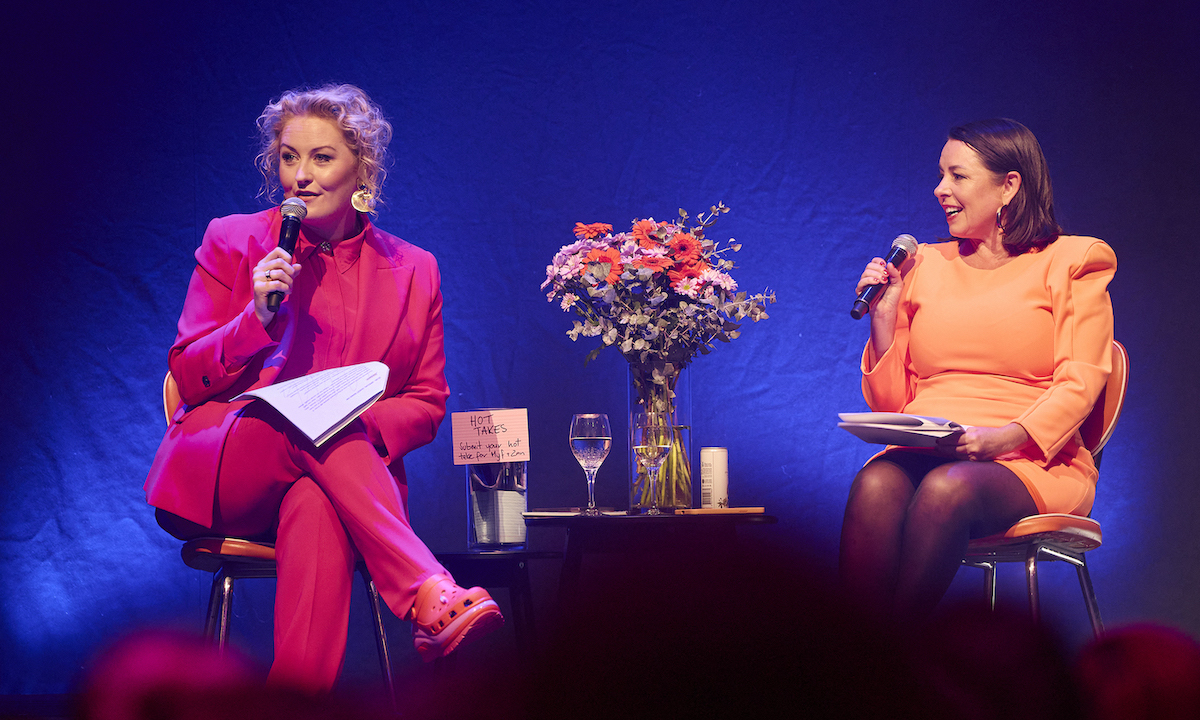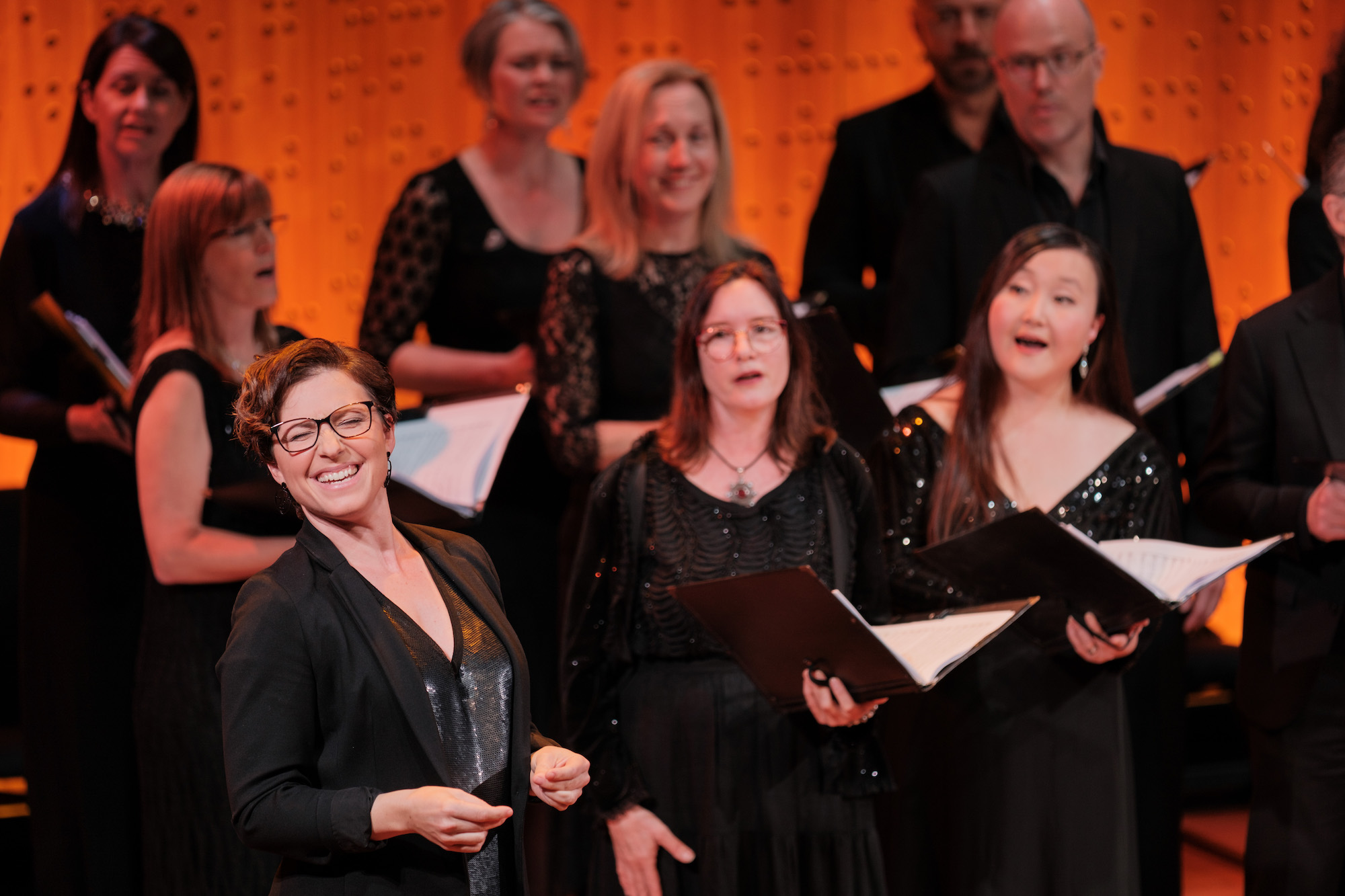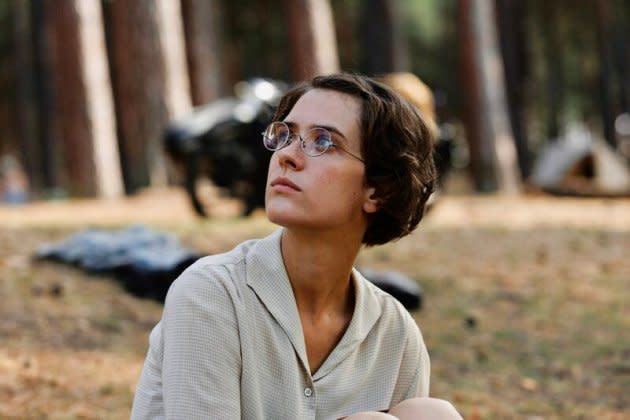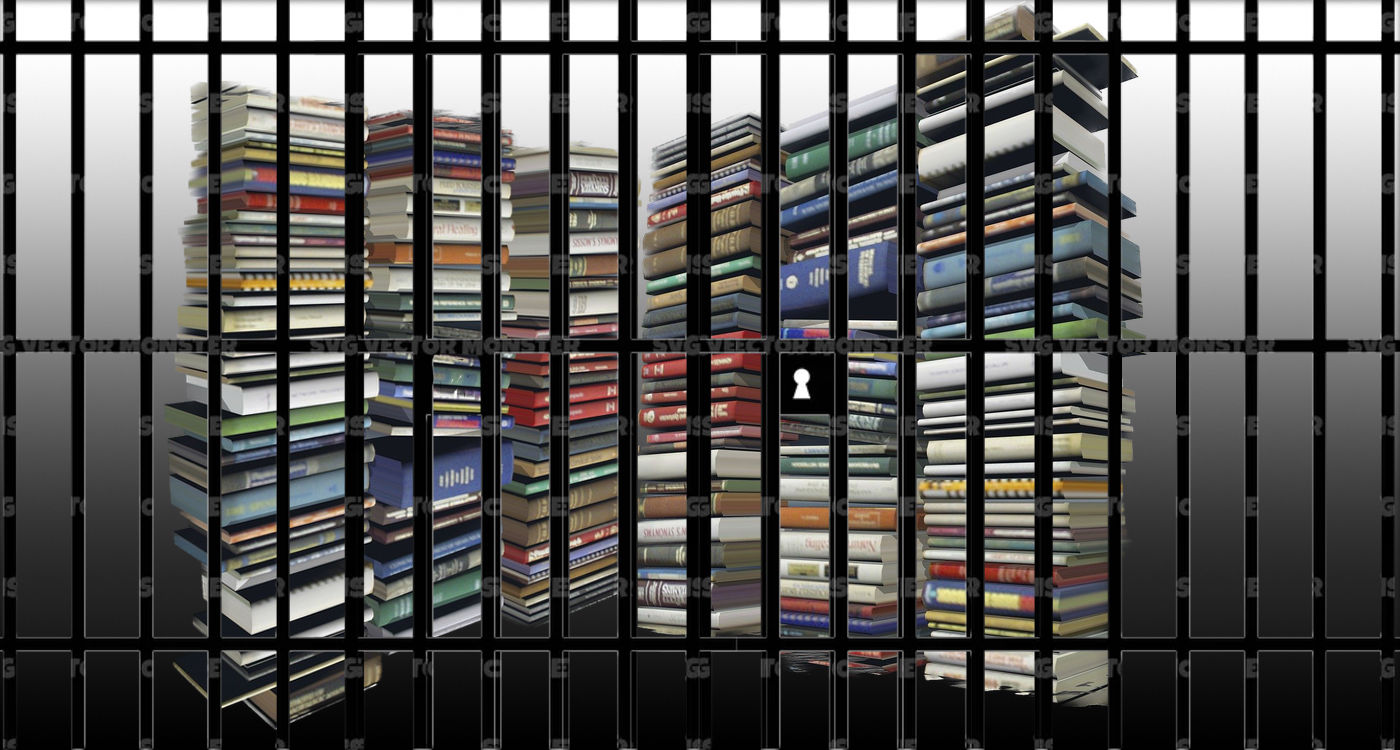
TALKING THROUGH YOUR ARTS: TYPE-FACE

“Mediocrity is the natural face of most creative endeavour.” – Robert Hughes, In Defence of the Right to Discriminate, Sydney Morning Herald, November 3, 1995
Popular painting, like other popular media, has the ability to mediate social knowledge, reinforce ideological constructions of contemporary life and be an agent of hegemony.
Painting functions as a form of entertainment and aesthetic satisfaction, a sphere of communication and symbolic representation, and both a means of validating social institutions and ritual practices, and a challenge to them. These works may comment on and reinforce, invert, negate, or diffuse social relations of power.
There are no eternal values, no pure states: everything, including cultures of resistance and the oppositional arts, is destined to emerge, develop and die.
“Painting is an argument between what it looks like and what it means.” Brett Whiteley.
In 1979 Brett Whiteley was awarded the Archibald Prize, for Self-portrait in the studio, an expressionist painting that changed the face of the cultural gatekeepers of Australia’s most prestigious portraiture prize.
Portraits are the signature of culture. Notions of portraiture derive from how it is valued, and the shifts in value that occur as works are perceived to have its social and cultural origins. It is the context in which communication between artists and audience is perceived to be the most direct.
In a touring exhibition, Bungaree: The First Australian, 15 contemporary Aboriginal artists explore the many faces of the first Aboriginal person to circumnavigate Australia, in conjunction with Matthew Flinders. The Many Faces of Bungaree a work by Warwick Keen, the artist states, “I decided to make Bungaree a popular icon of the times. I have turned him into a Pop-Art personality and ‘megastar’.” Many distinguished artists of the 18th century featured Bungaree as subject, a greater number than any early governor. His face was the first portrait lithograph produced in Australia.
The notion of roots and origins has remained important to many styles and releases, and mobilisations of tradition at various times have constituted imaginative affronts to dis-empowering economic and cultural change. Yet while there have always been searches for genuinely painterly work, correspondingly there have always been problems in freezing the portrait deemed to be authentic. Searches for roots and celebrations of tradition are complicated and contradictory. Authenticity could provide the raw materials for depictions and otherness which only trap, rather than liberate, subaltern identities. Many have been moved enough to subsequently denounce the quest for authenticity altogether, abandoning stories of commodification and cultural loss, and celebrating the contemporary.
The Darlinghurst arts centre Tap Gallery has been exhibiting the rejects of the Archibald, Wynne and Sulman prizes. The Real Refuses is in its 18th year, and Lesley Dimmick, Director of Tap Gallery, spruiks rejected artists by handing out entry flyers at AGNSW. Dimmick herself this year decided to enter last minute, “the night before I did two fabulous portraits one of Niki McDonald and Maggie Walsh the great aboriginal poet. The ‘Maggie’ didn’t fit into my car so I had to open both of the windows and tie rope around it so that it fitted on the roof, it was only a short distance and lucky that no police saw me, but when I got there they said that you can only put one in, so I had to bring ‘Maggie’ back.”
Mertim Gokalp is a Sydney-based Turkish artist who moved to Australia four years ago. Gokalp was an Archibald reject in 2012, but won The Real Refuses by popular vote. This year his entry into the Archibald Prize was successful and his subject, the recently departed actor Billie Brown is hung at AGNSW. “So as I’ve said, you’ve got to be in it to win and we know that the same old faces are there every year but occasionally they take a new great artist,” said Dimmick.
Art historian Andreas Beyer renders the masterpieces of memory with the complexities of the artistic heritage of human imagery. “Just as a constantly repeated word will begin to seem strange to us, the repetition of the same face will make it disappear, as it were, for the viewer. It is only this absence that makes evident the reproduction’s character as a painting and artwork, and only thus does a portrait prove to be a portrait.” (AS)
Archibald, Wynne and Sulman Prizes, Until Jun 2, Art Gallery of NSW, Art Gallery Rd, The Domain, $10, artgallery.nsw.gov.au
BY ANGELA STRETCH









